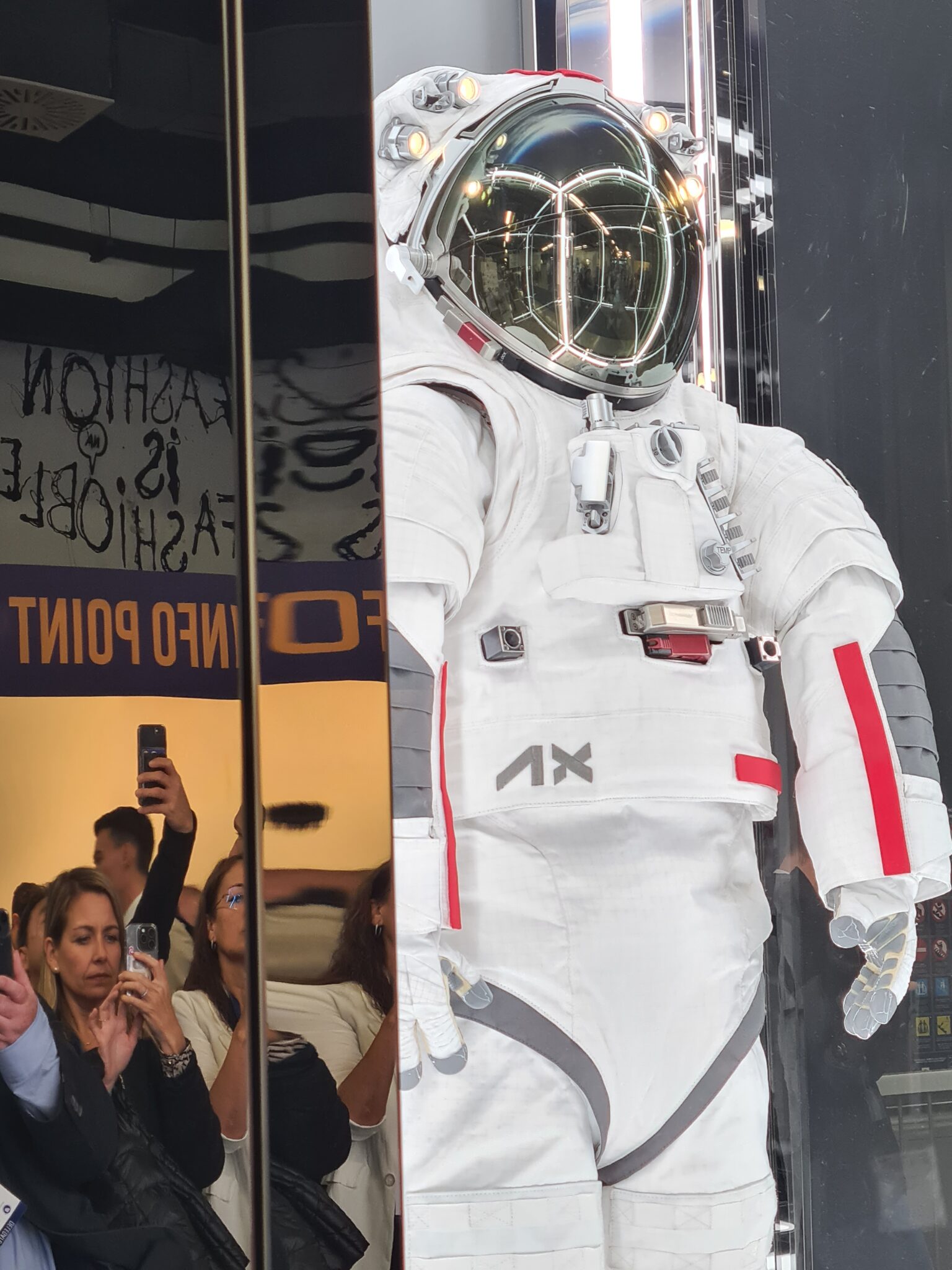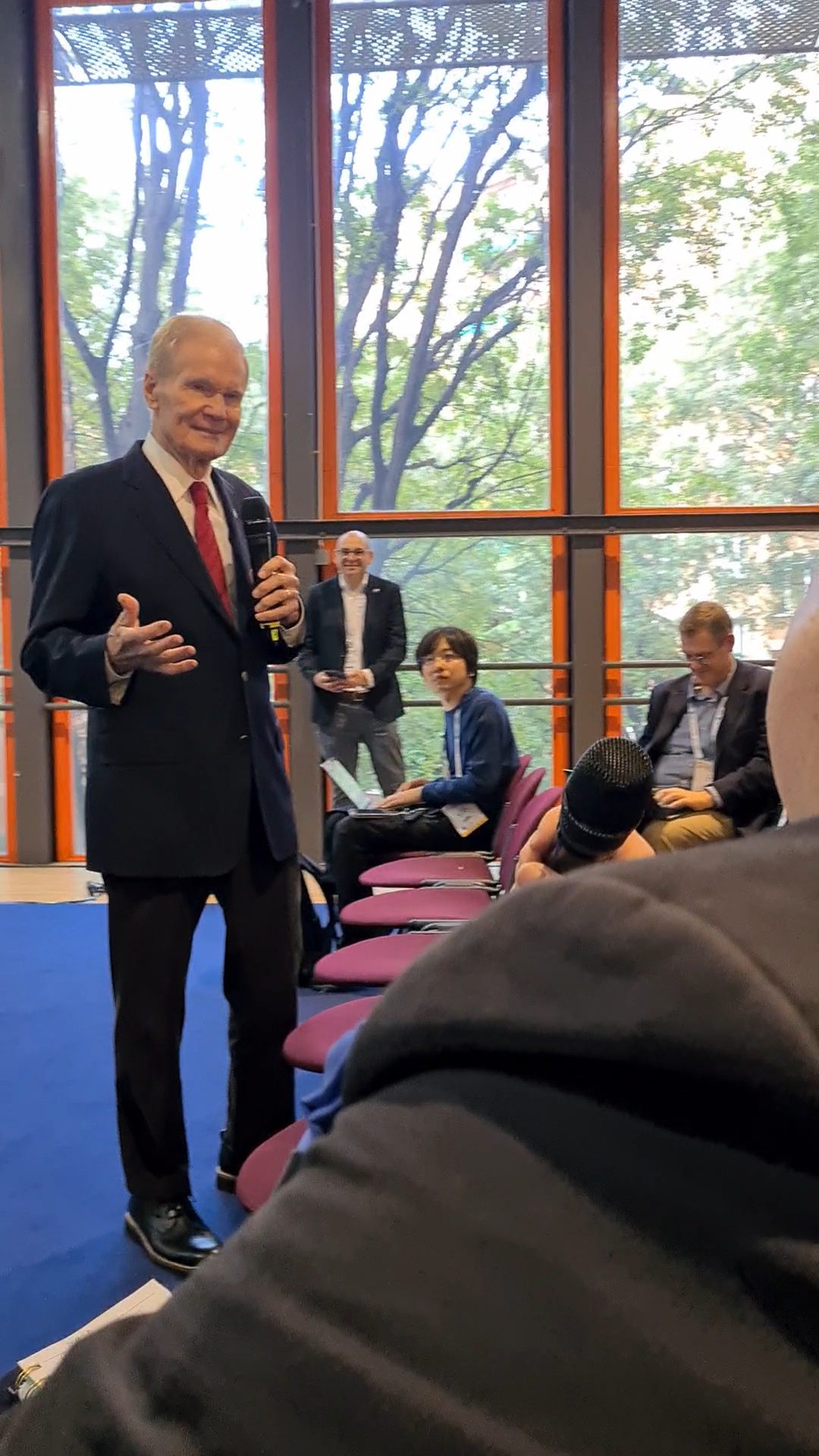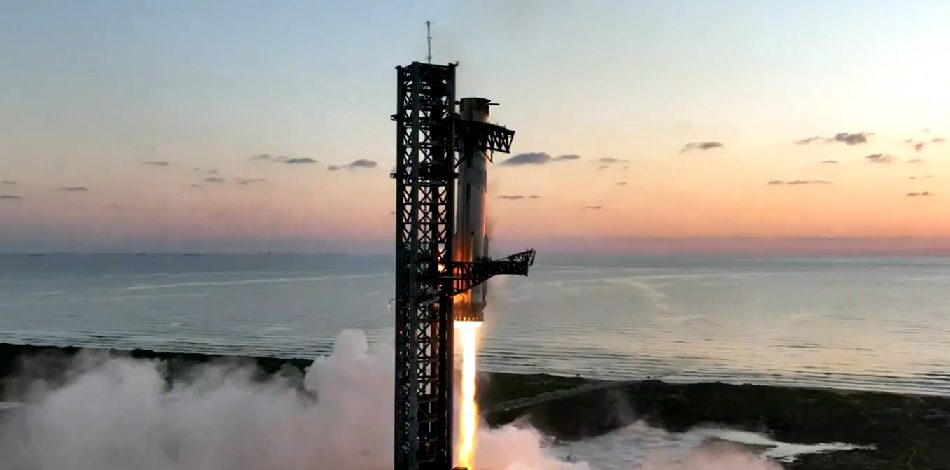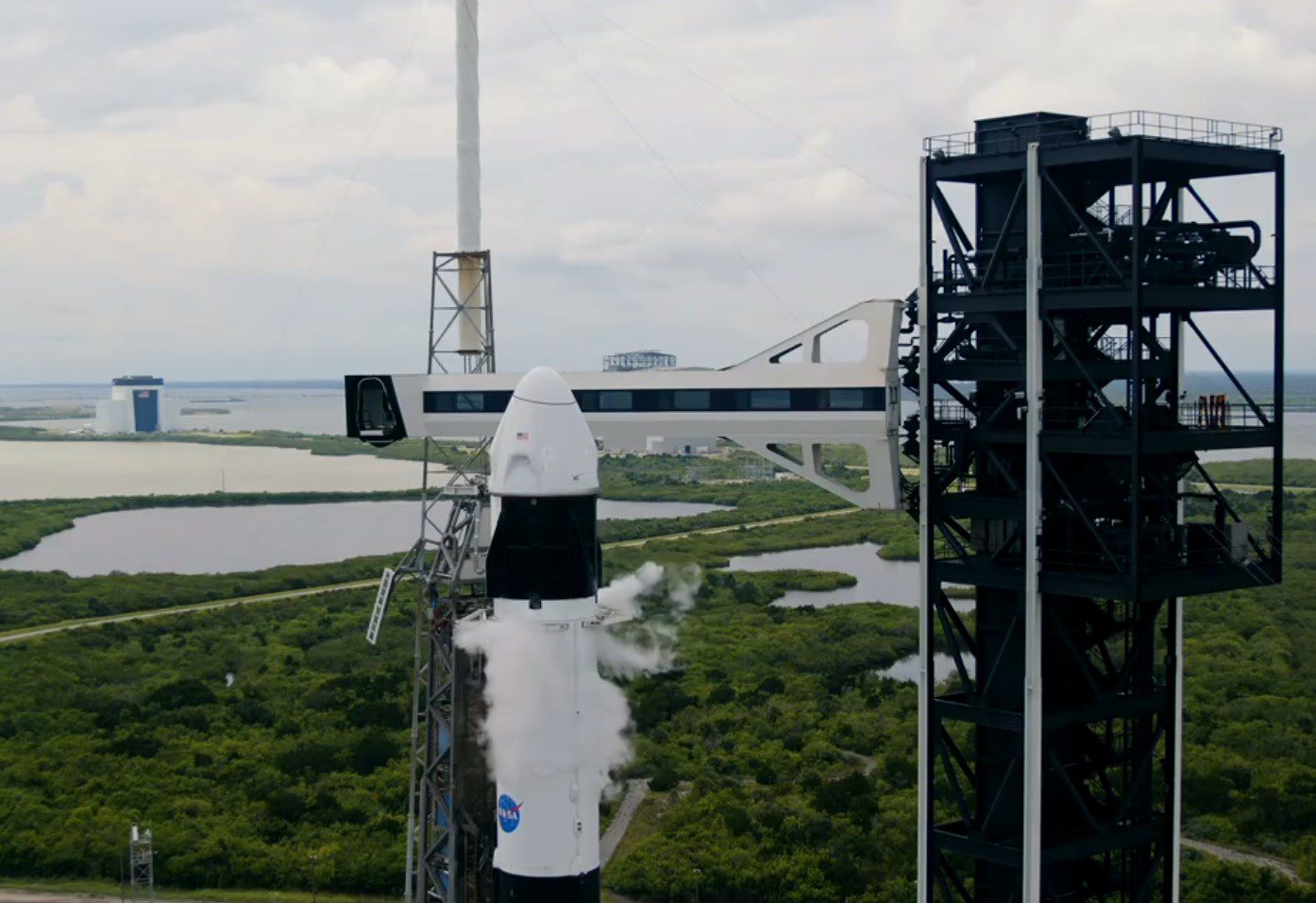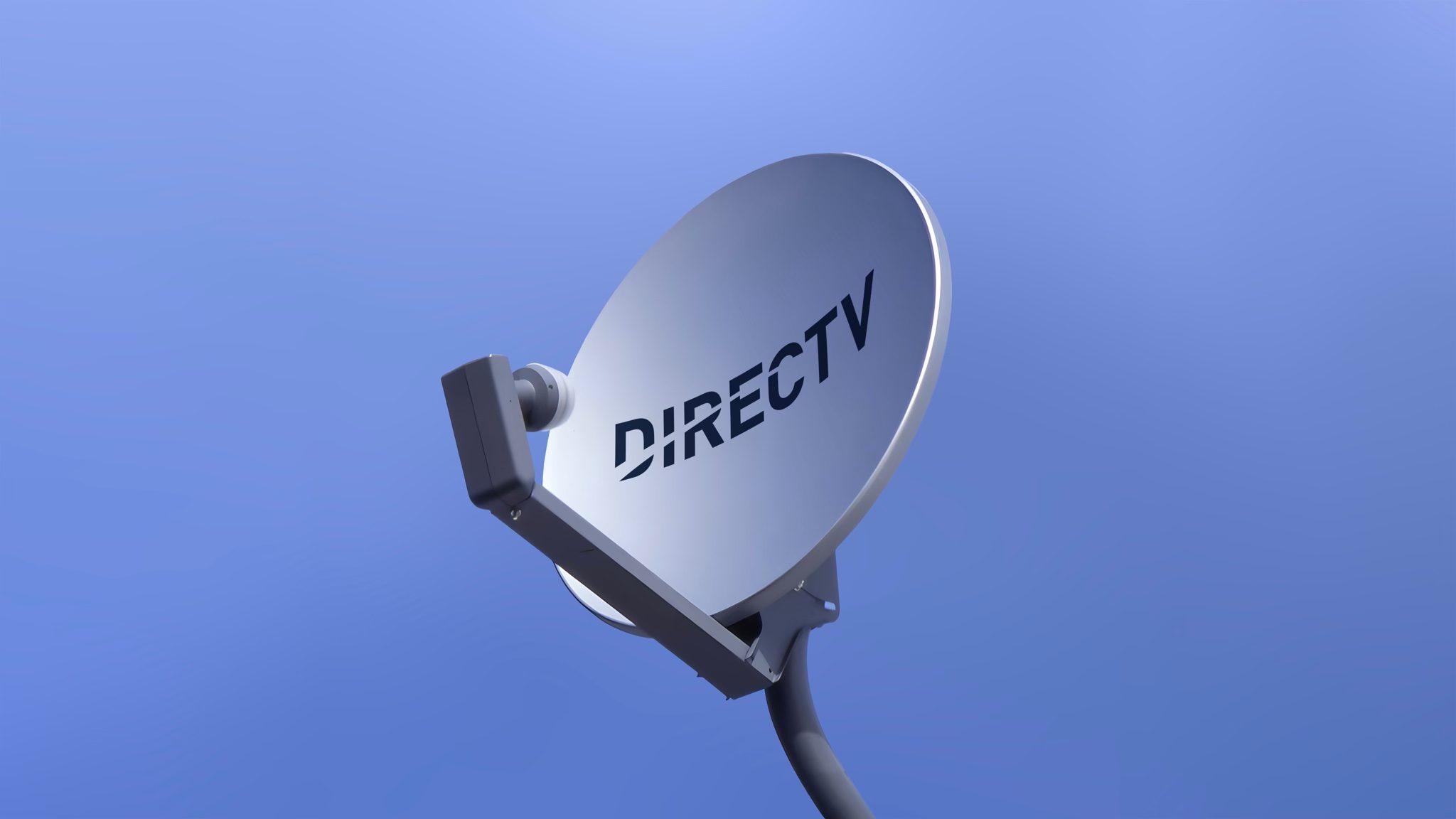While the European Space Agency is in favour, and the French and German Space industries are in favour, the plan to merge Arianespace into Airbus-Safran launchers has been halted. The European Commission, which is the executive and enforcement arm of the European Union (EU), has opened an in-depth investigation to assess the proposed acquisition of Arianespace by Airbus Safran Launchers (ASL) under EU Merger Regulation. The Commission has concerns that the proposed transaction may result in less innovation and higher prices in the satellite and launch service markets.
Arianespace is currently the global leader for launches of commercial satellites to geostationary transfer orbits. Its main competitors are the US-based companies ILS and SpaceX. In addition, Arianespace has a de facto monopoly in the European markets for institutional launches. For its services, Arianespace uses launchers produced by three different companies, including the Ariane launcher manufactured by ASL. ASL is a 50/50 joint venture controlled by Airbus and Safran. Airbus is also one of the leading satellite manufacturers worldwide. Both Airbus and ASL are manufacturers of payload adapters and dispensers, which are components sourced and used by launch service providers. The Commission has concerns that the transaction might lead the merged entity to:
- discriminate against satellite manufacturers competing with Airbus on price or other terms regarding their access to Arianespace’s launch services (slot allocation, access to technical information on launcher developments). This would reduce the incentives of Airbus’ rivals to invest and innovate in satellite manufacturing. Moreover, aligning the incentives of Airbus, ASL and Arianespace might also lead to critical information about satellites or launch service competitors being shared between Arianespace and Airbus.
- give priority to launch services connected to Ariane launchers since ASL produces this launcher. This would be to the detriment of the competing launcher Vega, which is manufactured by ELV and currently can only be commercialised by Arianespace.
- procure payload adapters and dispensers exclusively from Airbus and ASL, regardless of the price and quality offered by competitors. This would be detrimental to these competitors.
Overall, the Commission is at this stage concerned that the transaction might lead to higher prices, less customer choice and a reduction in research and development efforts in the satellite, launcher and launcher equipment and launch services markets. The Commission will now investigate the transaction in-depth in order to determine whether its competition concerns are confirmed.


